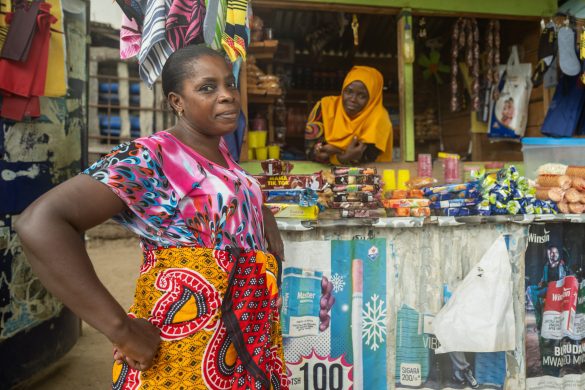Remittances: Not Manna from Heaven
In 2005 migrant workers from Latin America and the Caribbean (LAC) sent a total of 48,3 billion US dollar back to their home countries. In 2004, remittances (tilbagesendelse af midler) represented about 70 percent of foreign direct investment (FDI) in LAC and were 500 percent larger than Official Development Assistance to the region.
Despite the importance of remittances for Latin America and the Caribbean, a new World Bank study finds that their impact on the region has in some cases been overestimated.
According to Close to Home: The Development Impact of Remittances in Latin America, the money that migrant workers send contributes positively to development in the region. Remittances are associated with lower poverty levels and higher growth and investment rates, but their impact varies across countries.
Humberto López, World Bank senior economist for Latin America and the Caribbean, and co-author of the report, says:
– Although positive, the impact of remittances on poverty and growth in the region is in most cases quite modest. Also, the countries that have benefited most from these flows are the countries that have implemented better policies and have a more favorable investment climate, greater institutional capacity, and a more educated population.
The study, which examines the profile of Latin American and Caribbean remittances recipients, finds that some positive effects of remittances include higher savings, better access to health and education, increased macroeconomic stability and entrepreneurship, and reductions in poverty and social inequality.
Pablo Fajnzylber, World Bank senior economist for Latin America and the Caribbean, and co-author of the report, says that, “Remittances help poor families increase their savings, keep their children in school, and deal with negative economic shocks.”
There are, however, important policy challenges associated with remittances. These include brain drain, and problems of overvaluation of the real exchange rate and loss of external competitiveness.
Another relevant finding is the fact that in countries like Mexico, El Salvador, and Paraguay households with remittances primarily help the poorest segments of society, while in other countries such as Nicaragua, Peru, and Haiti, they tend to benefit much more the middle class.
Most migrants from Mexico and Central America come from the segments of the population with the lowest education levels. In contrast, migrants from the Caribbean and South America have a higher education level than the rest of the population in their home countries.
Finally, the study emphasizes that despite the positive impact of remittances in the region, they are no replacement for sound development policies in the countries.
It adds that it is important to implement complementary policies while promoting remittances as an alternative source of development finance and inviting banks to “take advantage” of remittances flows.
– In order to maximize the benefits of remittances, policy makers need to improve the investment climate, include migrants and their families in the banking system, and avoid overvaluation of the real exchange rate, says Fajnzylber.
An in-depth version of this study with details of the main findings will be published in the next few months as part of the Latin American Development Forum series.
Kilde: www.worldbank.org















